From specialist suppliers to main contractor boardrooms, females now work at all levels of what was traditionally a male-dominated industry. Ahead of International Women’s Day on 8 March, CM talks to a cross-section of women in construction about their achievements and aspirations
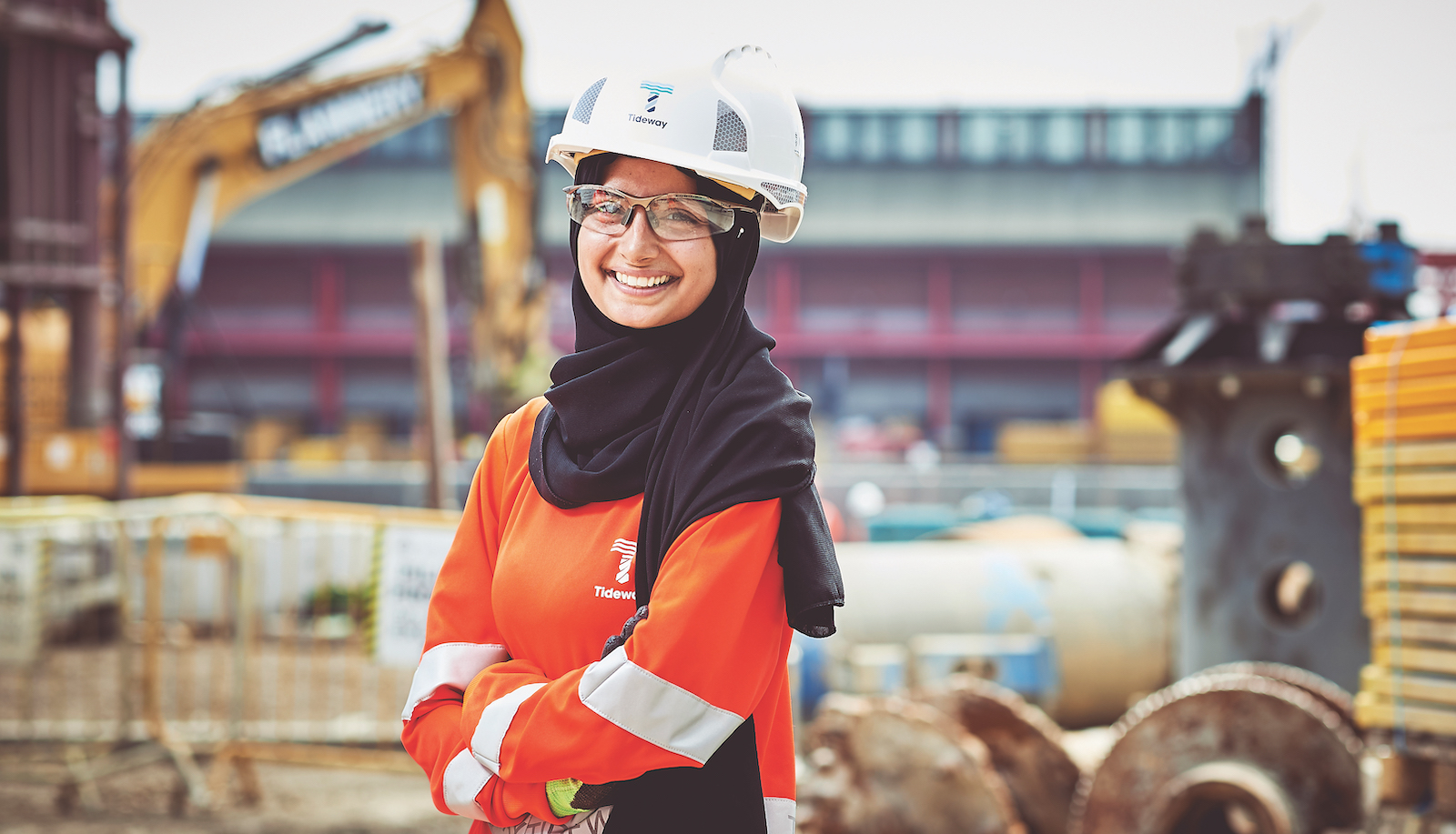
Leena Begum, civil engineering apprentice, Atkins
Leena Begum started as a health and safety apprentice on major infrastructure projects, before switching to Atkins to start a civil engineering apprenticeship, where she has been working on Hinkley Point C.
“I am working on the earthing model as the lead modeller, creating 3D models and working with other disciplines to achieve a clash-free model,” Begum explains. “The highlight is working with the global design centre in India, collaborating with other modellers in different time zones.”
Begum, who is working towards her EngTech qualification, has also been assessing flood assets for the Environmental Agency and her longer-term ambition is to help construct a flood relief tunnel in Bangladesh.
“To deliver effective solutions to the built environment we need to broaden our talent pool”
Her most satisfying career achievement to date is the pioneering creation of PPE for female Muslims and maternity wear on Tideway.
“This will introduce a different talent pool into the industry,” Begum enthuses. “The whole process from sketching my design on a Post-it note, through to now, where it is available on the market, has been incredible.”
She wants to see a more diverse workforce in construction, which she describes as a “problem solving” industry. “To deliver effective solutions to the built environment we need to broaden our talent pool,” she reasons.

Bayan Omar, 4D planning and virtual design-construct specialist, Alec Engineering & Contracting, United Arab Emirates
Bayan Omar works for Dubai-based construction business Alec and has spent almost a decade in digital roles. She has a master’s degree in project management engineering, and a bachelor’s degree in civil engineering, both from the University of Jordan.
“I would like to see our industry adopt 3D printing, AI, big data and machine learning the way other industries have”
Projects she is currently working on include One Za’abeel, a Dubai mixed-use scheme with the longest cantilever ever recorded, and SeaWorld Abu Dhabi, a landmark theme park project.
“My role is to provide technical support and training for planning staff in 4D practices and digital technologies, plus I am part of Alec’s innovation and research team which is responsible for enabling technology adoption,” Omar explains.
She takes great satisfaction from “changing mindsets” about digital construction and “showing the benefits of new technologies”.
“I would like to see our industry adopt 3D printing, AI, big data and machine learning the way other industries have,” Omar continues. “This would unleash more innovation in design and construction, reduce waste and promote agility.”
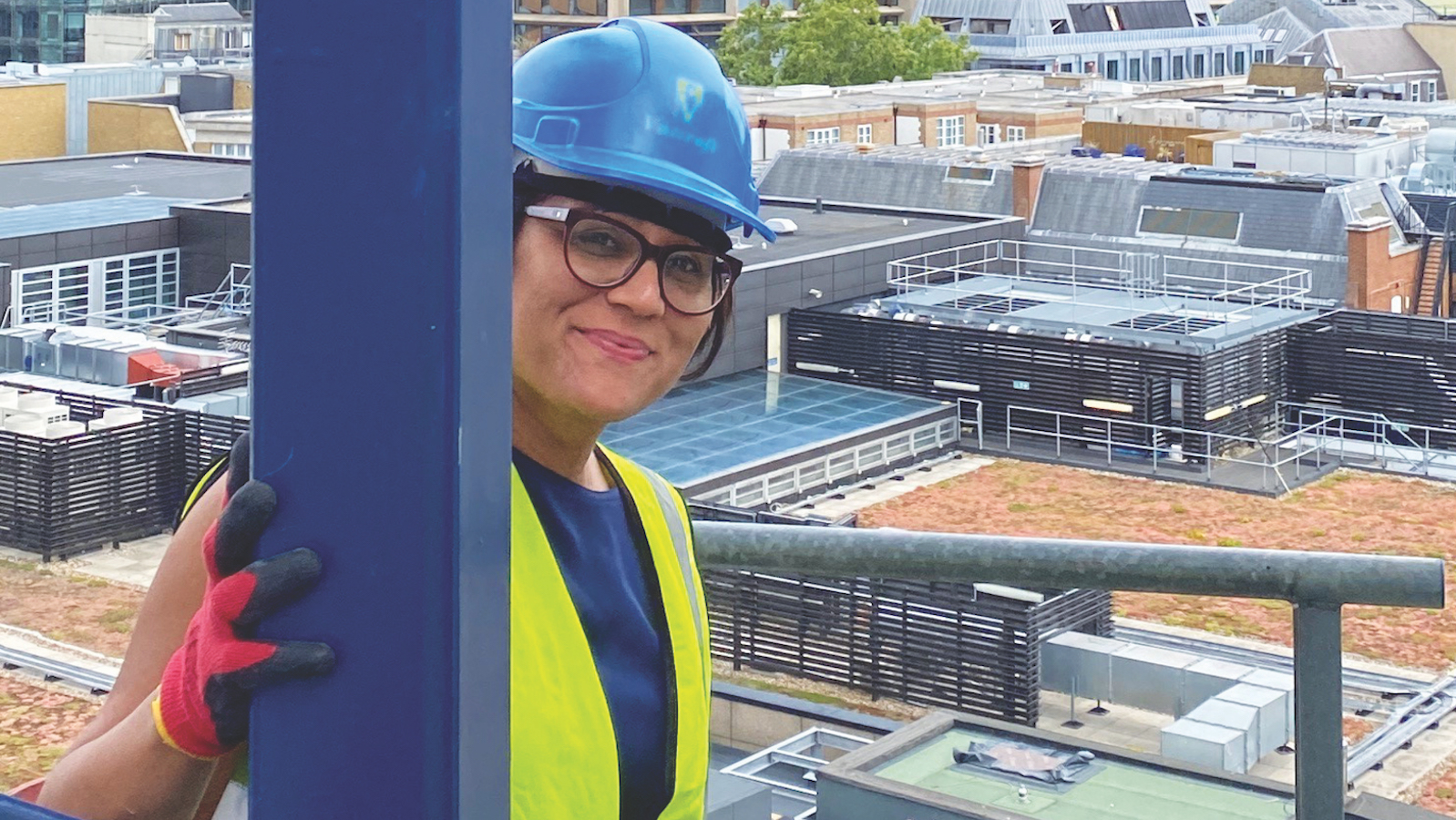
Chandni Vora, chief operating officer, Vascroft Contractors
With a background spanning accounting, telecoms and engineering, Chandni Vora can call on more diverse experience than most people in construction. She graduated from City University, worked for Bechtel and BAE, then joined Vascroft Contractors 10 years ago in a finance role, progressing to board level where she works as chief operating officer.
“My financial experience, skills in project management, process improvement and change management over the years have helped me transition into this role,” she explains. “I have implemented ISO qualifications for the company, new document management systems and infrastructure changes. I listen and empower the team,
visit sites to engage with the operational teams, sharing lessons learned to improve the company’s efficiency and quality.”
“I believe the world is changing for the better and more opportunities for women in construction will be available for the next generation”
Vora says construction “continues to inspire me”, particularly the rapid technological change, and feels lockdown has forced the adoption of new technologies. “The industry has had to encourage working from home, conduct site progress meetings through videoconferencing, and virtual site walkarounds,” she says.
Although on the board at Vascroft, Vora believes her gender – and ethnicity – has held her back on occasions during her career. “Being in this industry has brought challenges but helped me grow stronger and more resilient, even if I had to prove myself more,” she explains.
“Over the years, construction has embraced how women have added value to a build. Companies are striving to improve on diversity and inclusion, and balance the historic gender inequality. There’s still work to do, starting with our education system, but I believe the world is changing for the better and more opportunities for women in construction will be available for the next generation.”
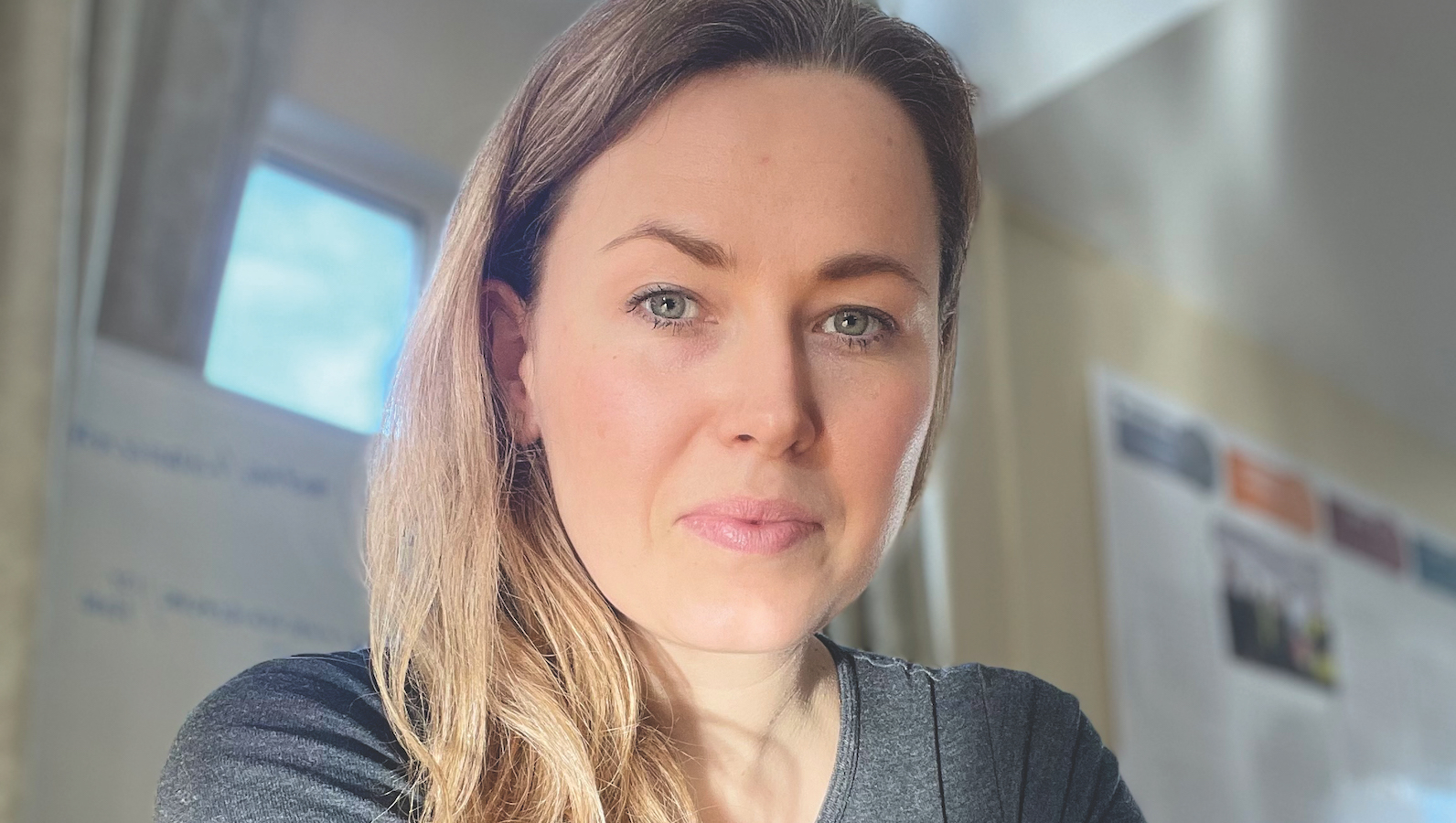
Kate McAdam, project manager, Morgan Sindall
Kate McAdam has one of the more unusual backgrounds in construction; before joining Morgan Sindall, she was an operatic soprano, but a health issue affecting her vocal cords meant she had to look for other career options.
“I enjoy renovating houses with my husband, and so I tried interior design initially, but found it quite lonely as I like people around me – and that’s when I realised that construction project management was the obvious thing for me,” she explains.
McAdam joined Morgan Sindall’s graduate trainee scheme in 2016, doing a NVQ in Construction Site Management while working full time. Her first project was Albion School in Rotherhithe, London, and she is now project manager on the £7.1m refurbishment of a Grade II-listed senior school in Fulham.
“I still hear, second hand, that many men are shocked that I am running a project”
“Refurbs makes me tick,” she says, “bringing old buildings back to life, remodelling them into spaces that work for students. It’s important from a green perspective too; retrofitting existing stock rather than building new is more sustainable. Construction has to take more of a role in saving the planet.”
McAdam takes great pride in how quickly she has progressed to project manager level. “When I joined Morgan Sindall, many people thought it would take me 10 years, rather than four,” she says. “But career changes are common now. In my role, every day I am talking to clients, dealing with people from many different walks of life; my background in music has prepared me well for that. After all, life is a performance!”
Despite her own rapid progression, McAdam believes construction still has work to do on diversity and inclusion.
“Morgan Sindall is committed to improving its gender balance,” she says. “However, since January 2020, the only two women on my site have been the site cleaners, and Anjali [Pindoria] from subcontractor Avi Contracts – that’s out of 500 operatives on site. I still hear, second hand, that many men are shocked that I am running a project. Yet there is no reason why women can’t work in trades; I enjoy tiling and decorating as part of renovating my own houses, and I am sure others would too.”
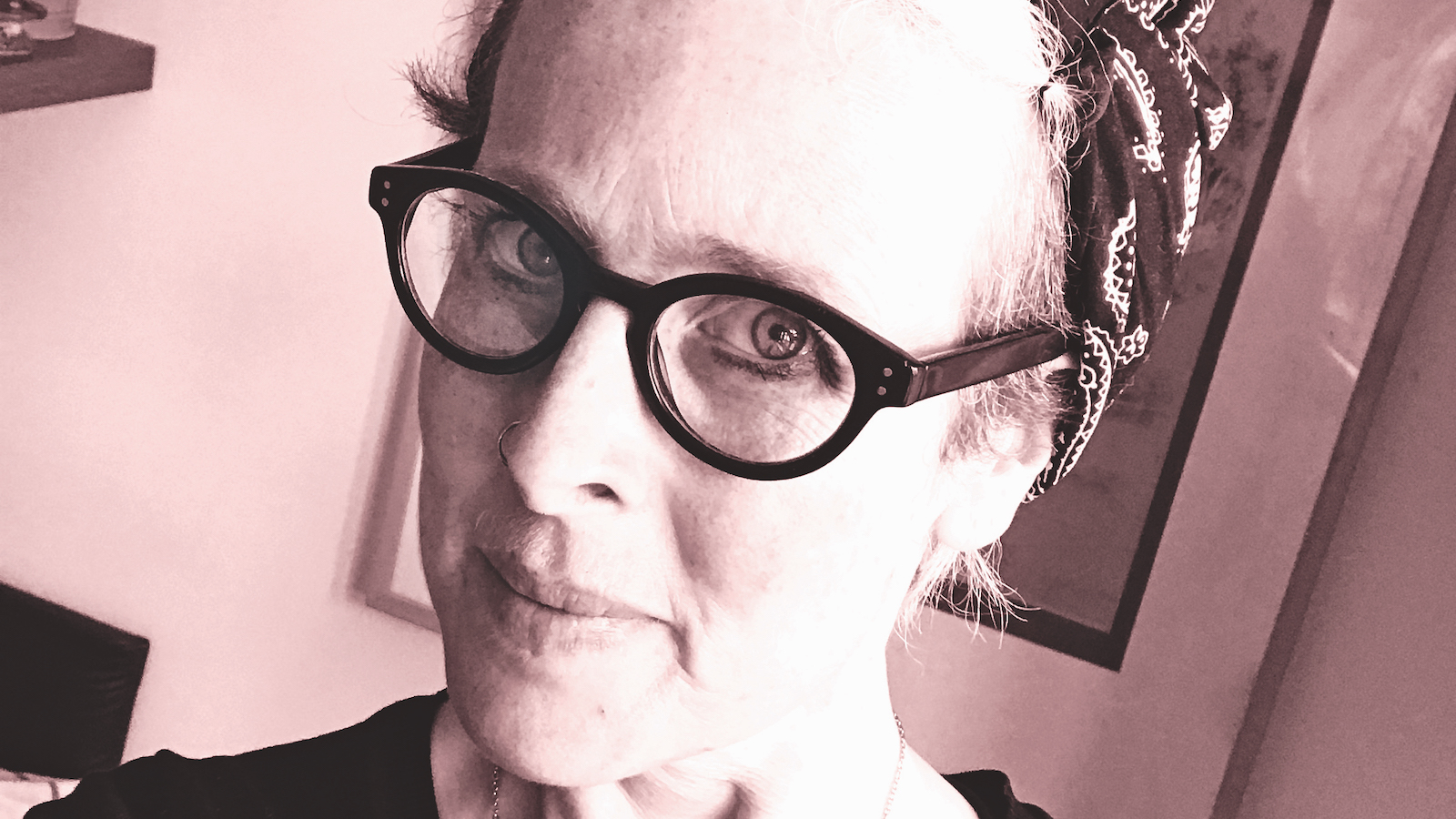
Fred Sherratt MCIOB, interim deputy dean for research and innovation, Faculty of Science and Engineering, Anglia Ruskin University
A native Mancunian, who spent a decade in site roles for Laing O’Rourke, Fred Sherratt now works in academia at Anglia Ruskin University. But she often misses the site “vibe”.
“I started out as a temporary site secretary, loved the buzz, and Laing (as they were then) kept me on,” she says.
Sherratt took a construction management HNC then a BSc at the University of Bolton, sponsored by Laing O’Rourke, who also supported her PhD on site safety. She progressed to construction manager, before moving into lecturing in 2011 at Bolton, joining ARU three years later.
“When I first started, I was teaching students I’d previously supervised on site and ticked off for not having the right PPE”
“Because of my site background, I can bring the practical side to lecturing,” Sherratt says. “When I first started, I was teaching students I’d previously supervised on site and ticked off for not having the right PPE. I’ve also brought through people from trades backgrounds and when these students graduate with new opportunities in front of them, it brings a tear to my eye. When I joined ARU, student satisfaction on the construction management degree rose from 79% to 96%.”
She feels that “far more” women would enjoy working on site, but tend to get pointed towards architecture. “The site isn’t for everyone; but it’s a meritocracy where it’s pretty clear if you can do your job or not; the wall stays up or it doesn’t,” Sherratt says. “But I have never found construction sexist, though I did experience sexism in a previous life, working for a blue-chip company.”
Sherratt remains involved with research and is part of the CIOB’s Health & Safety Special Interest Group. Her latest project is the DigiConCo-Op,
supported by the Transforming Construction Network Plus, which aims to create a more collaborative approach to micro-project delivery.
“It is partly inspired by the principles of Factory Records, as laid down by co-founder Tony Wilson,” she explains, “where the artists own everything. I’d like to see that thinking on small, community projects for the construction workers, who are as much artists in their own right.”

Kirsty Parkin, crane operator and surveyor, and Olivia Rollinson, crane operator, GGR Group
Olivia Rollinson (pictured above, right) joined Kirsty Parkin last year as the second crane operator at GGR Group, where they have been involved in major lifting projects for National Grid and Network Rail.
“For any females looking to get into the industry, all it takes is dedication to gaining the right qualifications and a company willing to give you the experience and tools to succeed”
Parkin grew up on a farm in New Zealand, surrounded by machinery, and joined GGR in 2012, where specialist training has qualified her to operate, spider cranes, crawler cranes and trailer cranes. She now works as a technical surveyor, while working an operator or appointed person when needed.
Rollinson was previously at York University, graduating with a 2:1 in Biology, and joining GGR’s training scheme.
“For any females looking to get into the crane industry, all it takes is dedication to gaining the right qualifications and a company willing to give you the experience and tools to succeed,” Parkin says.
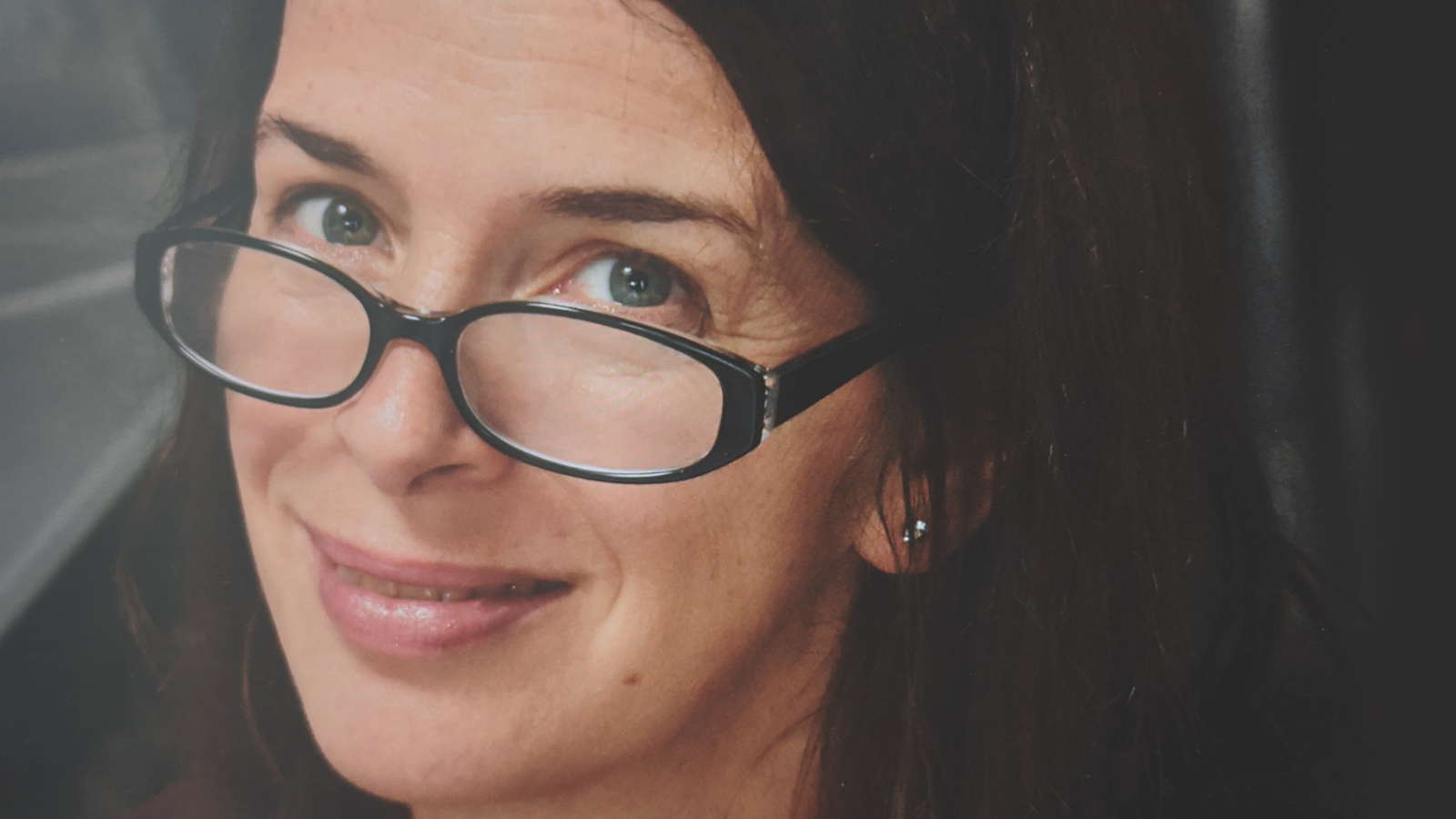
Emma Nicholson FCIOB, development project manager, SLC Rail
Emma Nicholson has 22 years of built environment project management consultancy, recently moving to the rail sector. She is a member of the CIOB’s equality, diversity and inclusion advisory panel and a board trustee for the Women’s Engineering Society (WES).
“I hope to see changes in diversity and inclusion this decade, and EDI data collection can support this”
A chartered environmentalist, who worked as venues sustainability manager for London 2012’s sustainability team, she recently set up the Women in Sustainable Rail group.
“I believe legislation can make a difference in driving down carbon emissions, rather than voluntary sustainability obligations on projects which can be avoided,” Nicholson says.
“I hope to see changes in diversity and inclusion this decade, and EDI data collection can support this; for example, a WES survey has highlighted the issues women face with PPE.”

Daniela Perciog MCIOB, Tanya Hamilton, Gerda Ruksna, Dovile Jokimciute, Jun Yue and Sylvia Wheatcroft, various roles, Lee Marley Brickwork
The females working at specialist stonework contractor Lee Marley include: Daniela Perciog, quantity surveyor; Tanya Hamilton, scaffolding surveying manager; Gerda Ruksna, site administrator; Dovile Jokimciute, health, safety and environment manager; Jun Yue, system manager; and Sylvia Wheatcroft, logistics manager.
“As soon as you can prove that you know what you’re talking about, you gain respect from the entire workforce”
Perciog says: “Construction industry is a male-dominated industry and this can be intimidating, but from experience, as soon as you can prove that you know what you’re talking about, you gain respect from the entire workforce. Remember you have just as much to offer as any male colleague.”
She feels the industry needs to change its perception as a “male-only career” to help plug the skills gap.
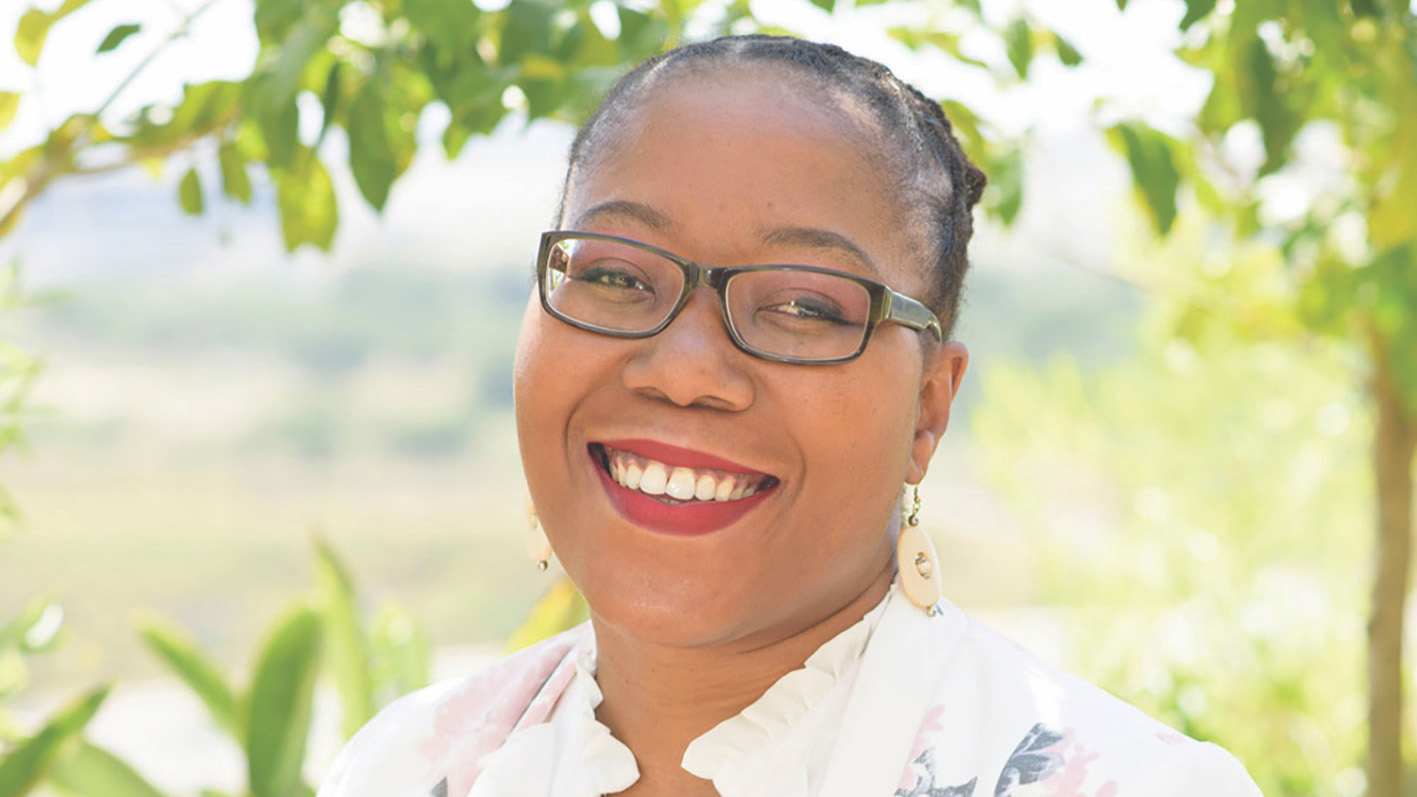
Dr Bridgette Gasa, managing director, The Elilox Group, South Africa
Dr Bridgette Gasa first qualified as an architectural practitioner in 1998, and her “appreciation” for the variety across the built environment disciplines led to a transition to construction project management and she later completed a PhD in construction management before setting up her own “flourishing” contractor business.
“There is still a shortage of professional females at C-Suite levels”
“I have built facilities varying from schools and clinics to commercial properties,” Gasa says. “Currently, I am looking into an energy project development which will be a definite game-changer in South Africa.”
A past president of the CIOB’s Africa region, Gasa says that starting The Elilox Group is the career achievement that has given her “the most satisfaction”, though she feels there is still “a shortage of professional females at C-Suite levels”.
“I would still like to see a more representative gender balance in the industry and an increase in embracing digitisation; the pandemic has accelerated this need,” she adds.

Lidia Bosa MCIOB, project manager, Sizewell C/EDF Energy
Australian by birth, Lidia Bosa has spent the last decade with EDF Energy, working in the nuclear new-build sector, firstly for Hinkley Point C and recently switching to Sizewell C.
“We are supporting the mission to achieve the Nuclear Sector Deal’s target of 40% women in the industry by 2030; currently it is at 22%”
At Hinkley, her role included developing and implementing mitigation strategies for communities affected by noise and property blight caused by the construction of the new plant. Her new role at Sizewell C will also focus on stakeholder engagement.
“I love what I do; and that is to help people stand back and see the bigger picture,” Bosa explains. “I am so proud to have the opportunity to be working on these mammoth, exciting projects. My days are varied, and even during lockdown I have been out visiting sites. A typical day at Hinkley might range from dealing with Wessex Water over a leak, to arranging noise insulation at a local resident’s property.”
Bosa is involved with the Women in Nuclear group and was lead for the western region while at Hinkley. “We are supporting the mission to achieve the Nuclear Sector Deal’s target of 40% women in the industry by 2030; currently it is at 22%,” she says. “My work includes getting ambassadors to join the network and become mentors, speaking at events and promoting women in nuclear on social media.”
Comments
Comments are closed.




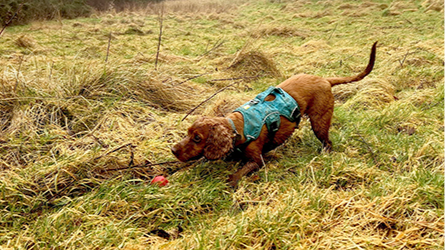





V glad finally to see that CIOB is beginning to take diversity seriously, most particularly around women in this male dominated sphere, but I note that the focus of this piece is very much on women at the ‘professional/white collar/managerial’ end of the construction world, with (aside from two Crane Operators) no focus on women working in skilled/manual trades, where the percentage of women apparently remains at the astonishingly low level of around 2% of the relevant workforce, notwithstanding an ongoing skills shortage…..
As a long-term supporter of Women in Construction, and Engineering, now doing a PhD in Music, supporting Women Composers, also thinking that there should be more women running the world where there would be less wars and more concentration on positive works, this is extremely heartening and best wishes go to each contributor and all women in construction—and music!
Delighted to see so many women now getting somewhere at the more ‘professional’ end of the construction continuum; sadly the same is not true for women who are keen to work at the manual skills end of the that same continuum, where virtually nothing has changed in the past 50 years, and women still represent only 2% of the skilled trades workforce